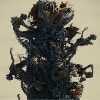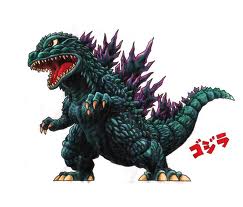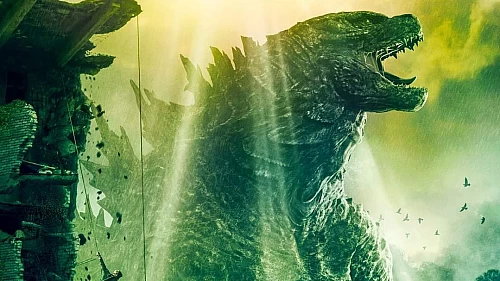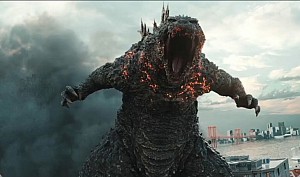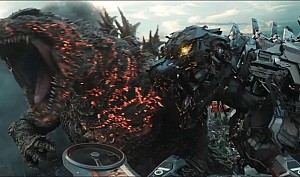MonsterVerse Godzilla's Origins
Godzilla Forum Topic
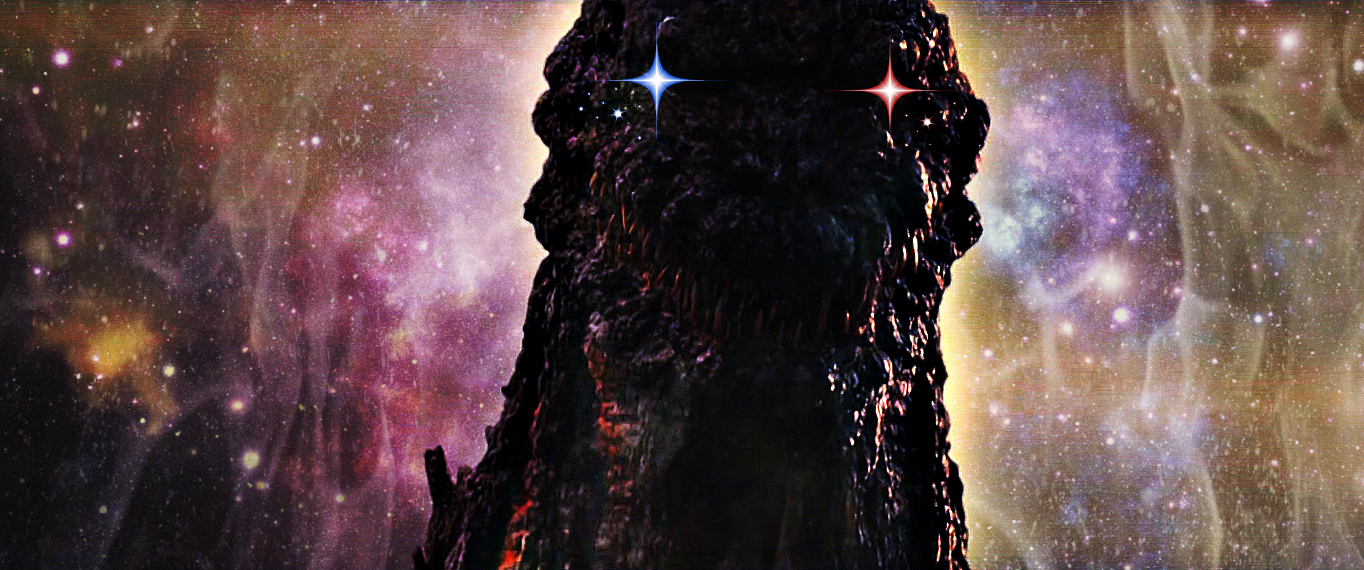
Daltharion
MemberMothra LarvaeOctober 06, 201717195 Views2 Replies
After extensive researching and careful consideration, I believe that I may have found the animal that would eventually evolve into what we know as MonsterVerse/Legendary Godzilla... Enter Oradectes sanmiguelensis, a Diadectid reptiliomorph (a transitional form in between a true amphibian and a true reptile) from the Early Permian of what is now Colorado.
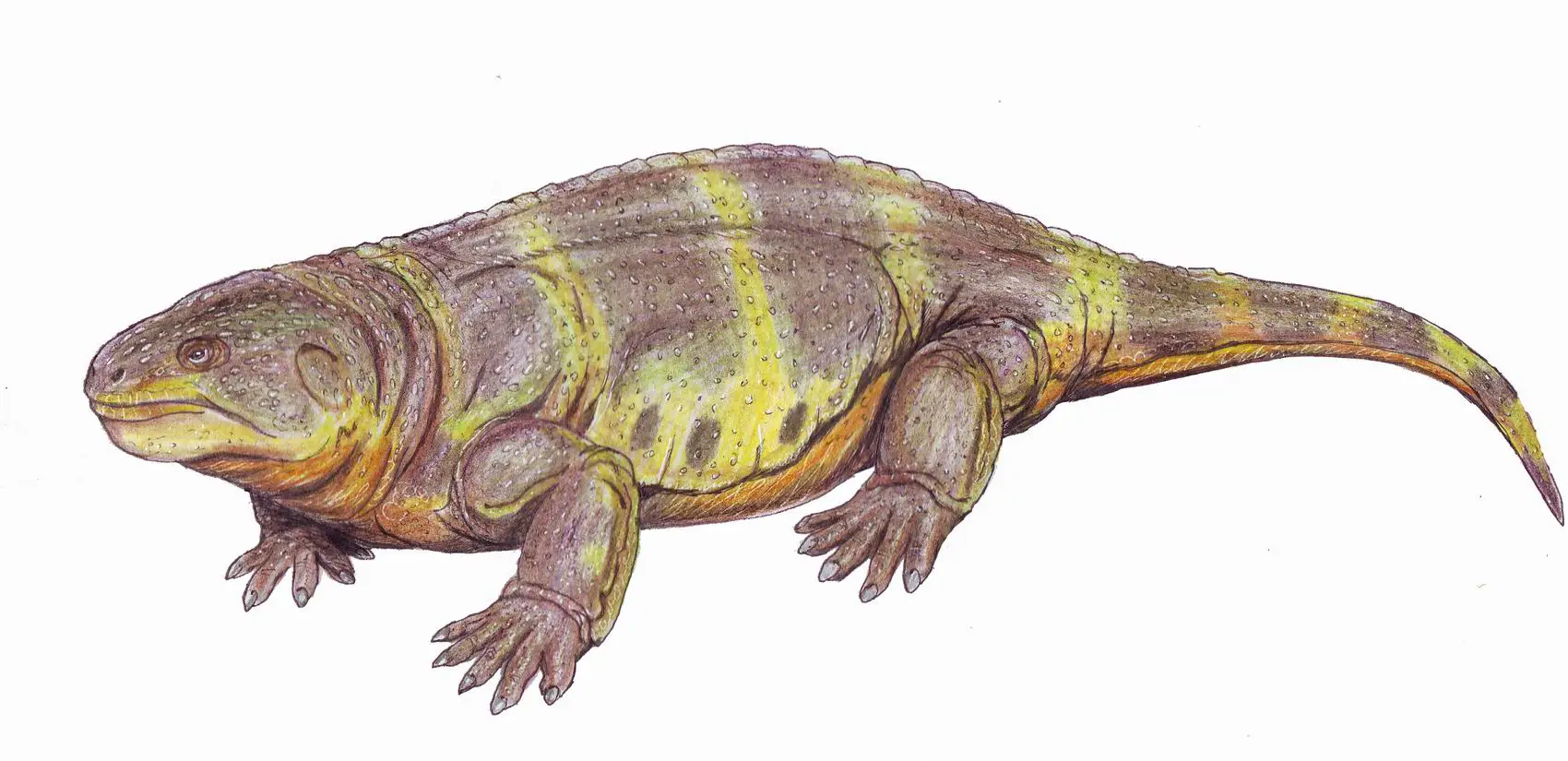
Diadectids, like this Diasparactus zenos (a sister-species to Oradectes), were among the very first large-bodied, terrestrial herbivores. They existed from the Late Carboniferous (possibly earlier) to Middle Permian in North America and Europe, with the last recorded members living in Asia during the Late Permian (yes, approximately 250 million years ago).
Now, Legendary Godzilla's armor is rather reminiscent of Crocodilian armor, right?
Well...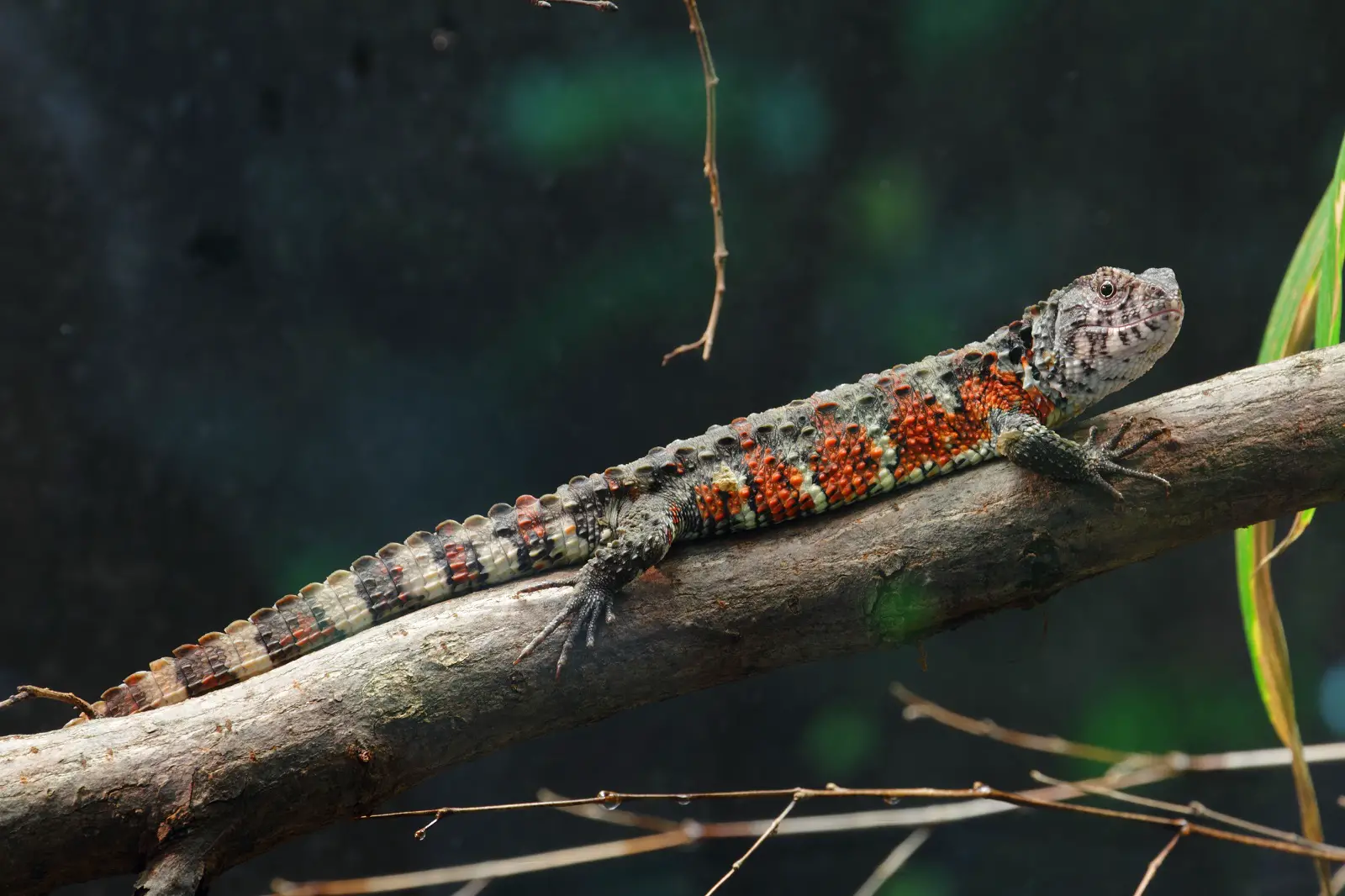
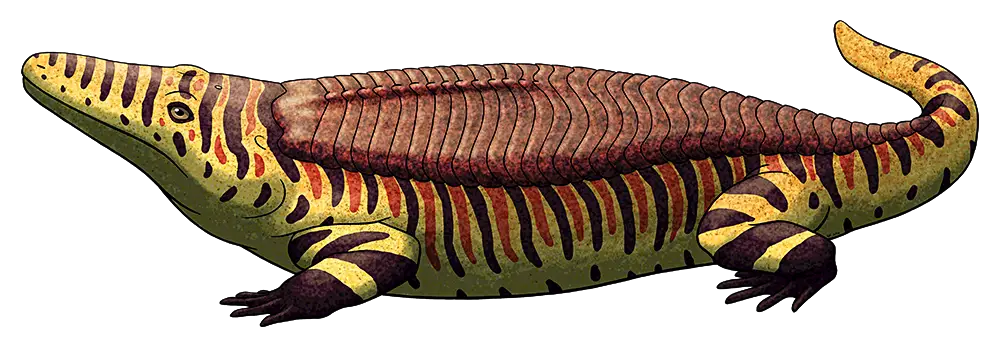
Crocodilian-like armor is known to have evolved naturally in other tetrapods, like this modern-day Chinese Crocodile Lizard, or even this Russian, Late Permian reptiliomorph known as Chroniosuchus, so why not have them also evolve on an advanced Diadectid?
And check this out...
Liaoningosaurus paradoxus is an Early Cretaceous dinosaur from China whose evolution parallels that of Legendary Godzilla.
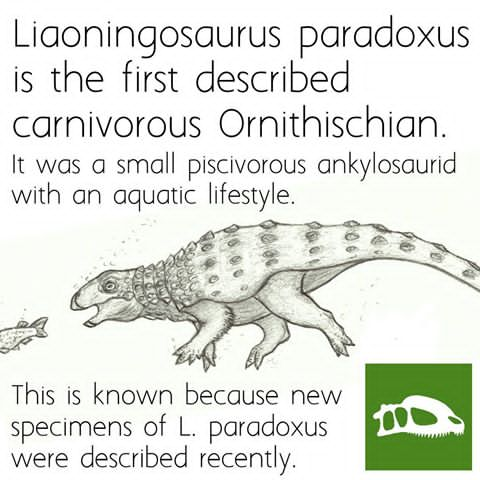
Think about it: from a group of large-bodied, herbivorous tetrapods came at least one member that evolved an aquatic lifestyle, including sharp claws and teeth (despite still retaining a beak). Don't believe me? Then go look it up yourself!

And to make matters even better, there IS at least one other Permian tetrapod that may have devoted its time to going after underwater nom-noms: Enter Scutosaurus karpinskii, an armored Paraeisaur (a close relative of Turtles) that lived in Russia during the Late Permian.
Large-bodied, herbivorous, and covered in armor? Not a problem! Swim away (from the gaping jaws of that hungry Inostrancevia)!
So, to summarize, MonsterVerse Godzilla's species would have originally been a group of Oradectes sanmiguelensis that managed to adopt an aquatic lifestyle over a period of approximately 50 million years, and potentially migrated (perhaps by swimming) towards parts unknown (presumably Asia).
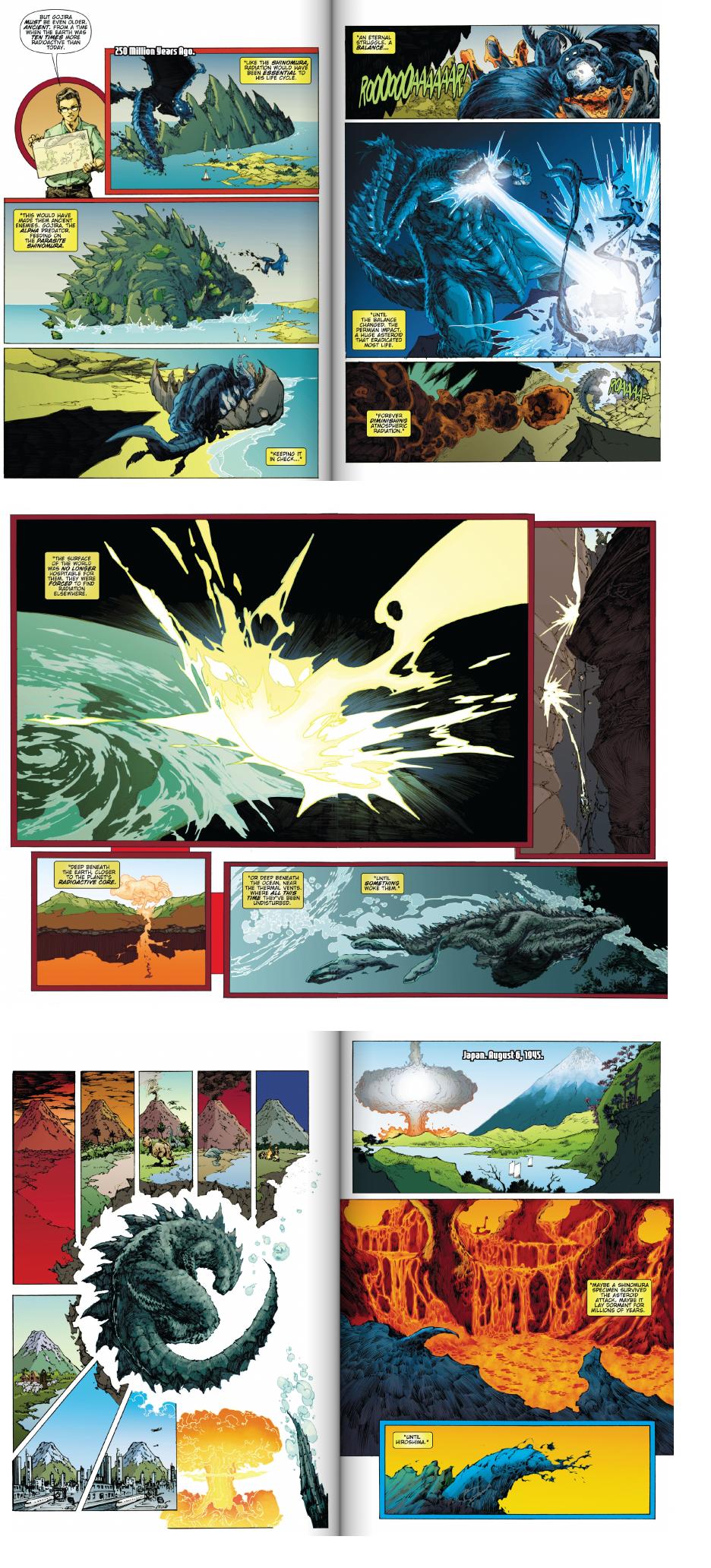
And based on what we know about where exactly the Permian Great Dying had commenced (Siberia), it is reasonable to assume that Legendary Godzilla took his last stand on Late Permian grounds in Asia. And what do ya know? The last Diadectids lived in Asia during the Late Permian; perhaps they were there till the very end as well, and Legendary Godzilla, having been bolstered up by atomic power and managing to secure his place as the Ancient Alpha Predator of the Late Permian in what would become Asia, swam to safety as the surface world suffered the most devastating catastrophe in the history of the planet.
Oh, and as for other member of the Legendary Godzilla species? Well, like 2005 and 2017 Kong, they could have been picked off by parasitic Kaiju like M.U.T.O.s and Shinomura, leaving our Legendary Godzilla as the last and most powerful of his kind.
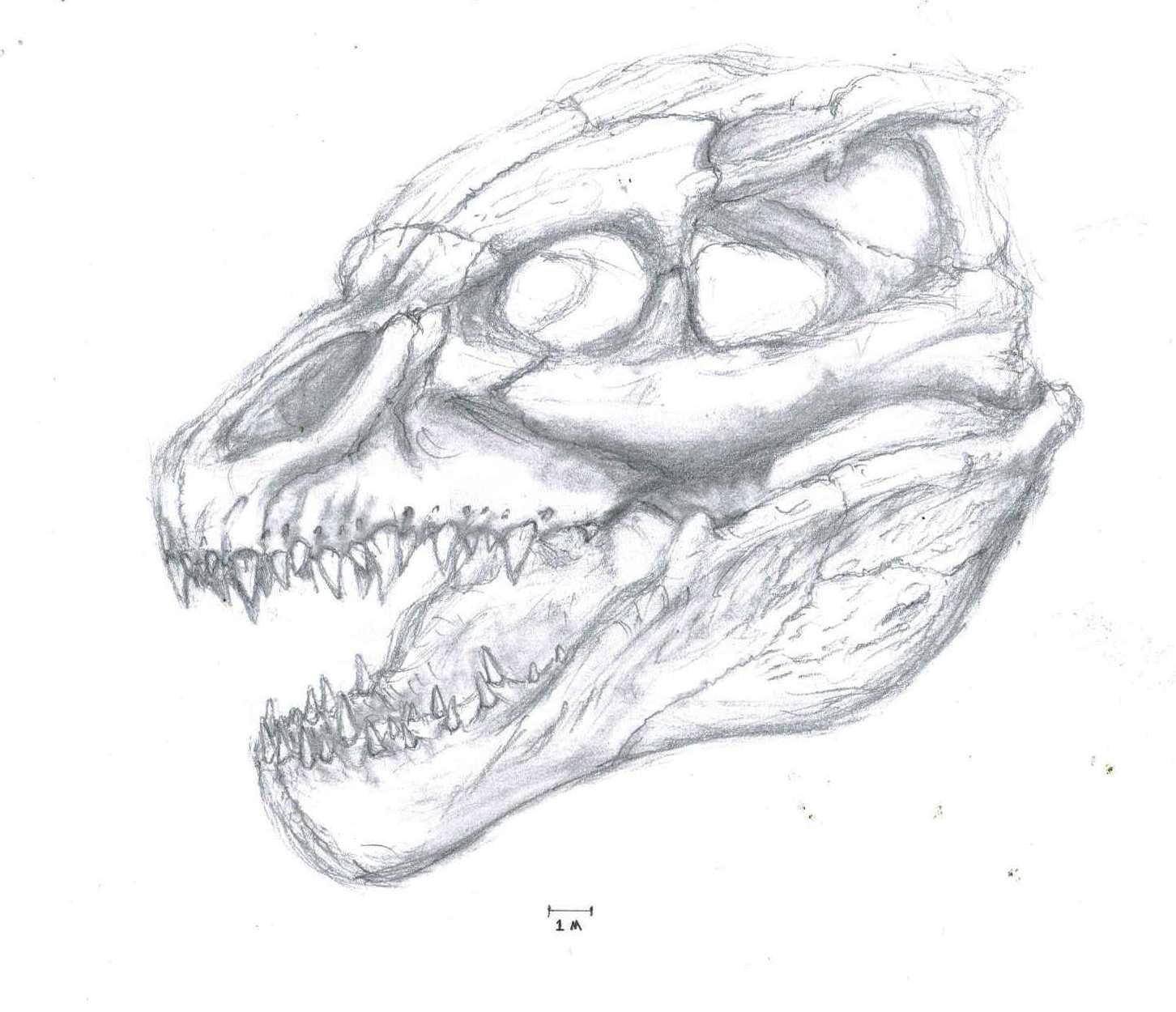
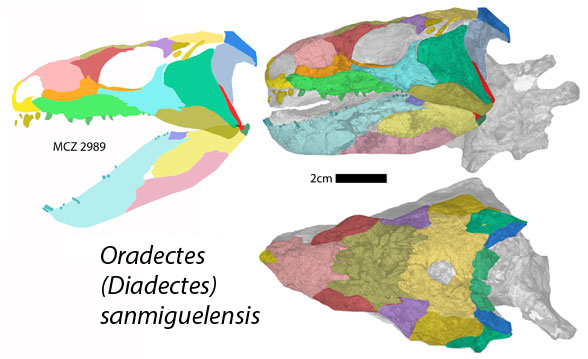
Only the skull, bits of the neck vertebrae, and an arm and manus are known...
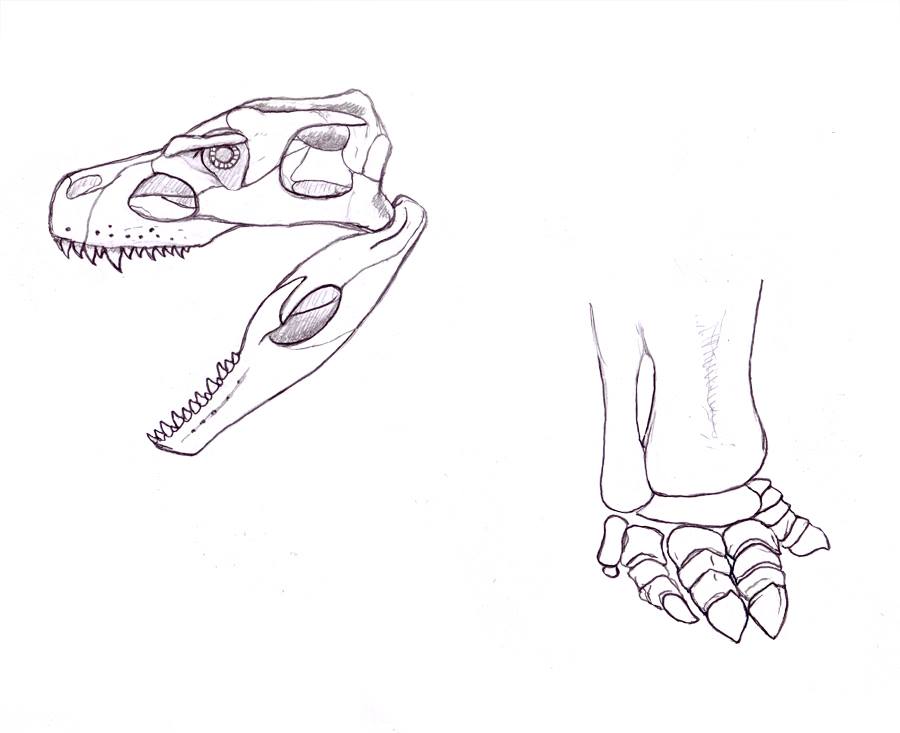
So, what do you think? Do you agree with my theory that MonsterVerse Godzilla is in fact an advanced, aquatic, empowered, and enlarged Diadectid? I have plenty of other in-depth theories in regards to what the other Kaiju of pop-culture could have evolved from, and I will reveal them under less strenuous methods (it took me three hours to get this perfectly organized!) eventually. The Kaiju fan base needs some serious renovation, after all, and I'm here to help by giving the community much more scientifically-accurate plausibilities as to origins of the enigmatic mutations that are the Kaiju.

